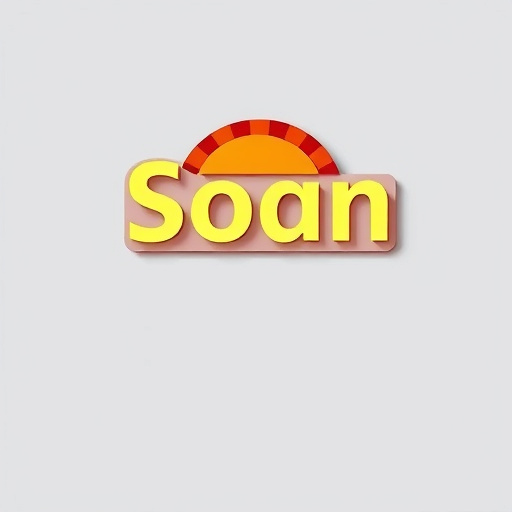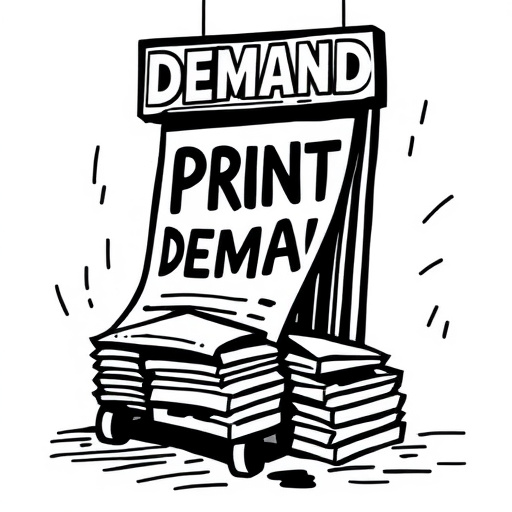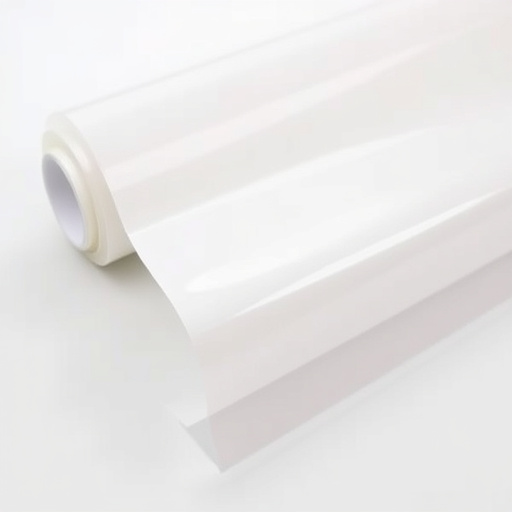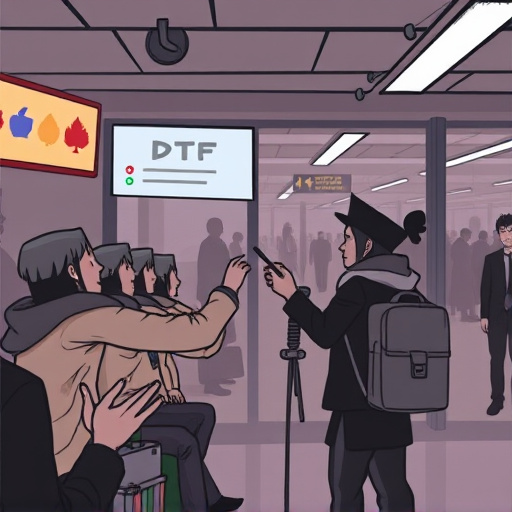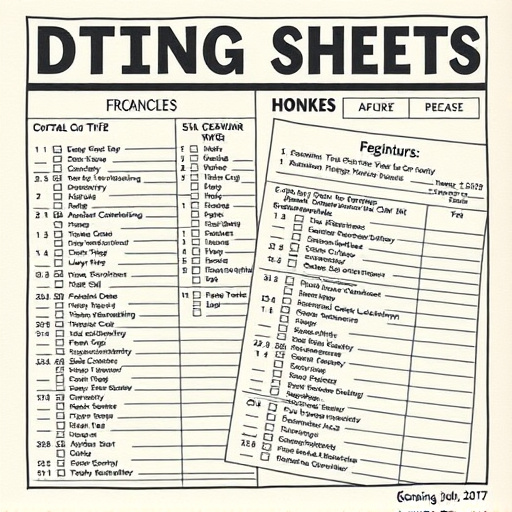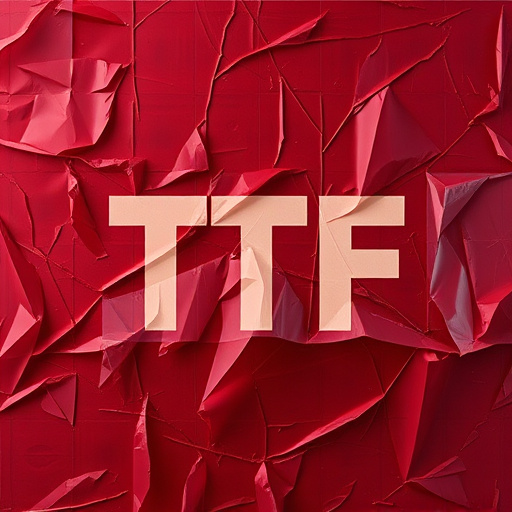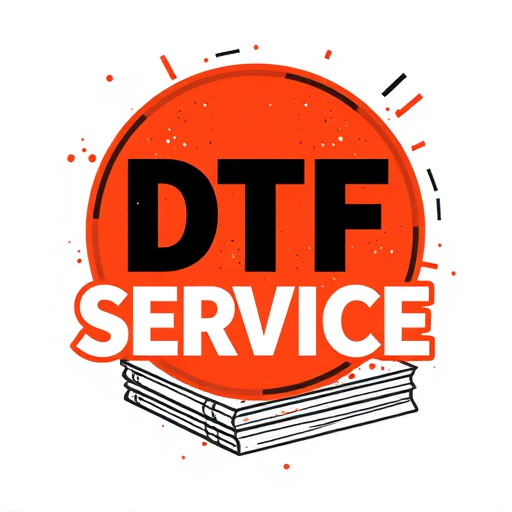Layering Functions in DTF RIP Software significantly enhance print quality and efficiency by enabling independent manipulation of design elements across separate layers, crucial for precise DTF color matching. This advanced control optimizes heat press settings, allowing for complex, multi-layered prints with improved aesthetics and durability. By streamlining workflows, organizing text, graphics, and images within layers, and aligning files with printer specs, DTF RIP Software revolutionizes direct to film transfers (DTF) printing services, offering superior quality and versatility.
In the realm of digital printing, understanding the intricacies of DTF RIP Software is paramount. This article delves into the core concept of layering functions, a powerful tool within DTF RIP Software that significantly enhances printing quality. By dissecting its mechanisms and exploring best practices, users can optimize their print output, ensuring precise color reproduction and intricate detail. Unlocking these capabilities paves the way for superior results in various printing applications.
- What are Layering Functions in DTF RIP Software?
- How Do Layering Functions Enhance Printing Quality?
- Best Practices for Utilizing Layering Functions in DTF RIP Systems
What are Layering Functions in DTF RIP Software?

Layering Functions in DTF RIP (Digital Transfer Function) software are essential features that enable advanced control over the printing process. These functions allow for the manipulation and organization of various print layers, enhancing the precision and quality of the final output. In the context of DTF RIP Software, layering involves creating separate layers for different elements of a design, such as text, graphics, and images. Each layer can be independently adjusted, allowing for precise control over color, position, and effect.
This level of control is particularly beneficial for complex printing jobs where accurate dtf color matching is crucial. By using layering functions, users can ensure that each element of the design is printed exactly as intended, resulting in vibrant and detailed prints. The dtf printing process benefits from this precision, allowing for more efficient production and higher-quality outcomes. Users can also streamline their workflow by uploading their own gang sheets and organizing them within these layers, simplifying the preparation of print-ready files.
How Do Layering Functions Enhance Printing Quality?

Layering functions in DTF RIP software systems play a pivotal role in enhancing printing quality. By allowing for precise control over various print elements, such as ink density, transparency, and color profiles, these functions ensure that direct to film transfers (DTF) are accurate and vibrant. This precision is particularly crucial in dtf printing services, where the final product’s aesthetic appeal and durability depend on the minutest details.
The layering capabilities enable users to adjust dtf heat press settings to suit different materials and design complexities. This flexibility facilitates the creation of intricate, multi-layered designs that would be challenging or impossible to achieve with traditional printing methods. As a result, DTF RIP software becomes a game-changer, offering superior print quality, unmatched versatility, and efficient workflow optimization for dtf printing services.
Best Practices for Utilizing Layering Functions in DTF RIP Systems
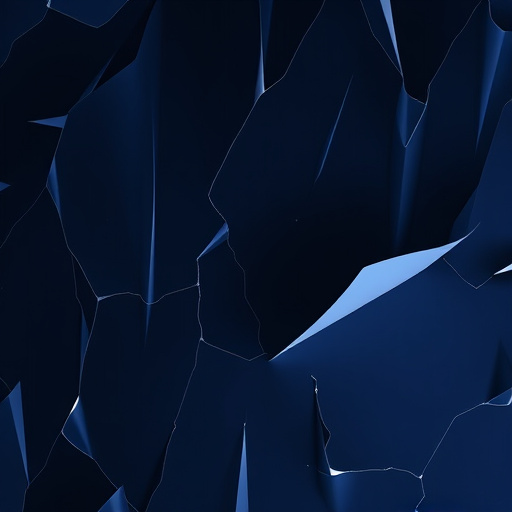
When leveraging Layering Functions within DTF RIP Software, best practices dictate a structured approach to maximize dtf print quality and efficiency. Begin by understanding your specific dtf application instructions – each project may require unique settings. For instance, when preparing a complex layout with multiple colors or special effects, utilizing separate layers can streamline the process and enhance control over individual elements. This method allows for easy adjustments without impacting other parts of the design.
Additionally, ensure that your files are optimized for DTF RIP Software by uploading your own gang sheet tailored to your printer’s specifications. This ensures precise color management and improves overall dtf print quality. Remember, effective layering involves a thoughtful arrangement of layers based on design complexity, ensuring a seamless workflow without unnecessary complications.
Understanding and effectively utilizing layering functions within DTF RIP software can significantly enhance print quality, enabling more complex and vibrant design possibilities. By optimizing these functions, print professionals can achieve better color accuracy, improved detail resolution, and seamless integration of various image elements. Incorporating best practices for layering ensures efficient workflow management and ultimately delivers high-quality printing outcomes, making it a key consideration for any DTF RIP software user.




